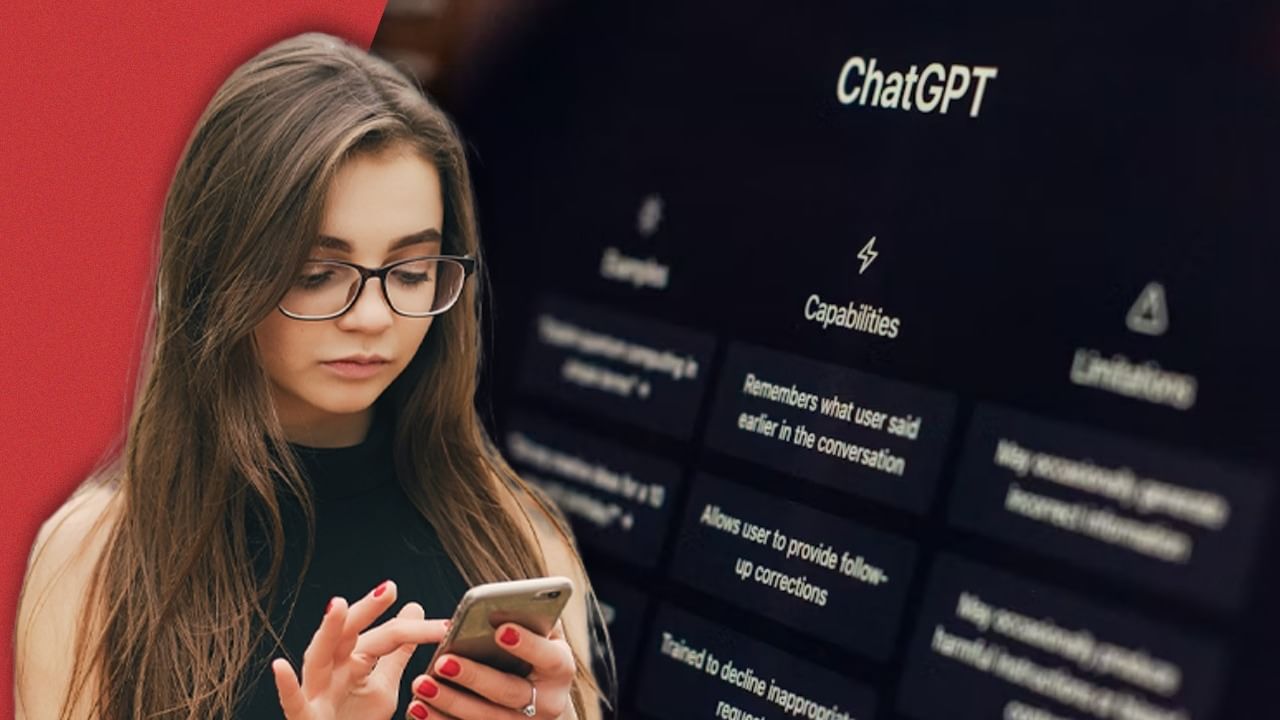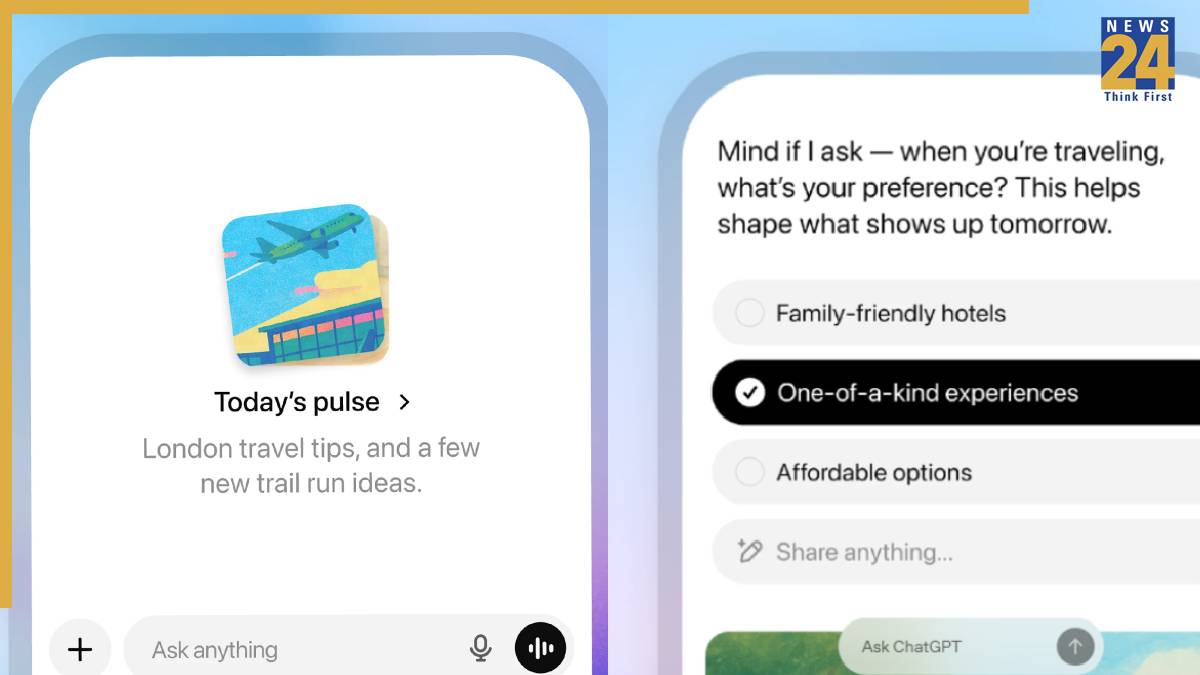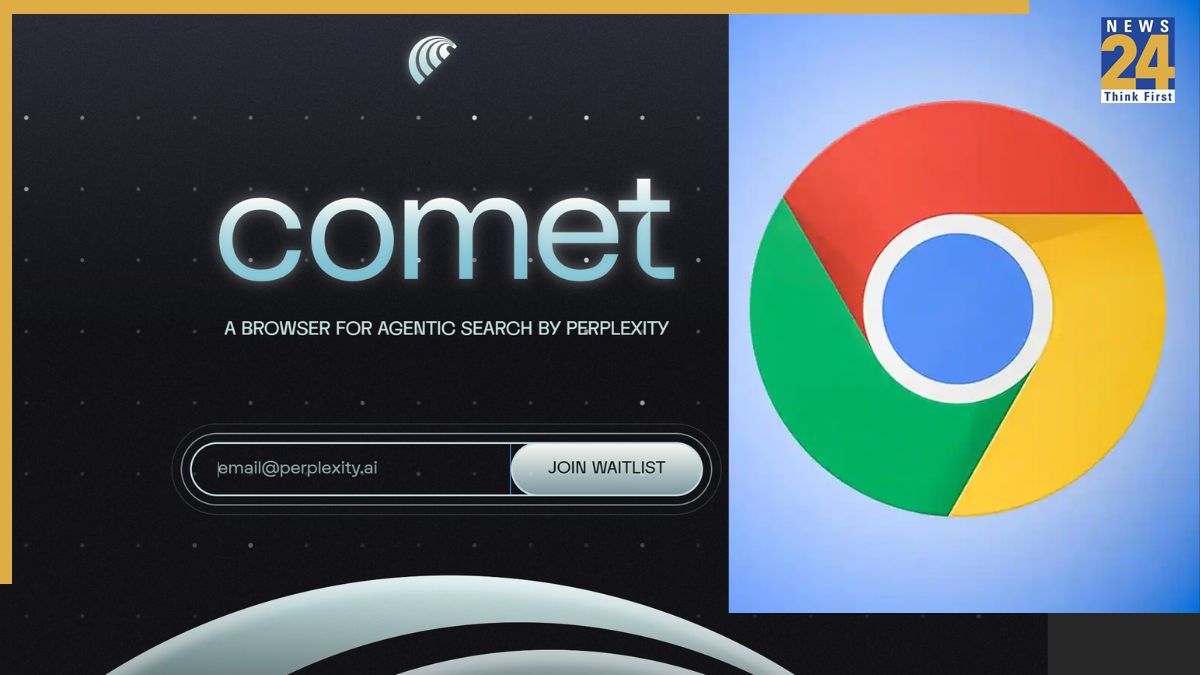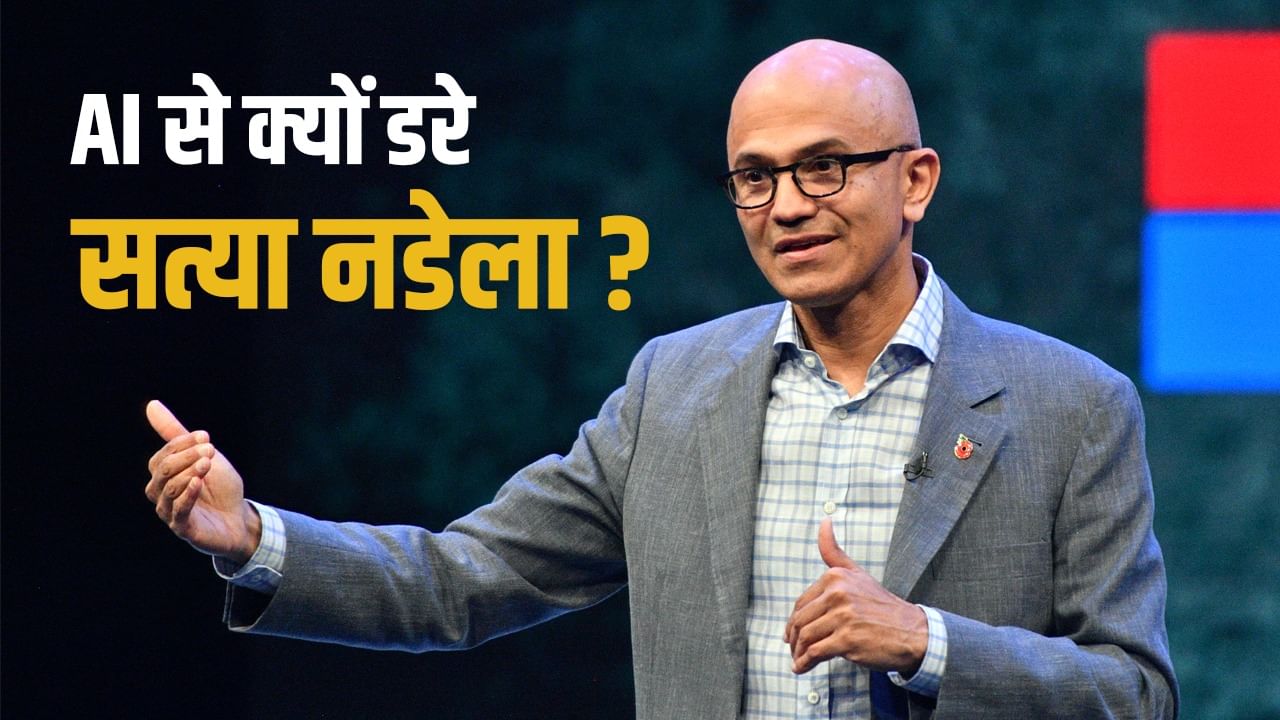Users can now easily create their own superhero portraits using ChatGPT’s new AI Action Portrait feature. The process involves uploading…
Browsing: AI
The festive season has begun, bringing with it a wave of excitement. Individuals attending Garba and Navratri events are experimenting…
OpenAI has released ChatGPT Pulse, a new feature designed to provide users with a daily stream of personalized updates tailored…
Artificial Intelligence (AI) is transforming various sectors, and its application within temple management is a significant development. The Tirumala temple…
The release of Seedream 4.0 by ByteDance marks a direct challenge to Google’s Nano Banana (Gemini 2.5 Flash Image). Seedream…
The Google Gemini Nano Banana model has gained significant traction, praised for its ability to generate remarkable images. This represents…
The Perplexity AI Comet browser has recently launched in India, offering a new browsing experience built on the Chromium framework.…
Get ready for the Flipkart Big Billion Days, where AI+ smartphones will be offered at attractive prices. These phones pack…
Satya Nadella, Microsoft’s CEO, has openly expressed his concerns about the potential impact of AI on the company. In a…
AI+ Smartphone is offering significant discounts on its devices in anticipation of Flipkart’s Big Billion Days sale. These smartphones, known…










